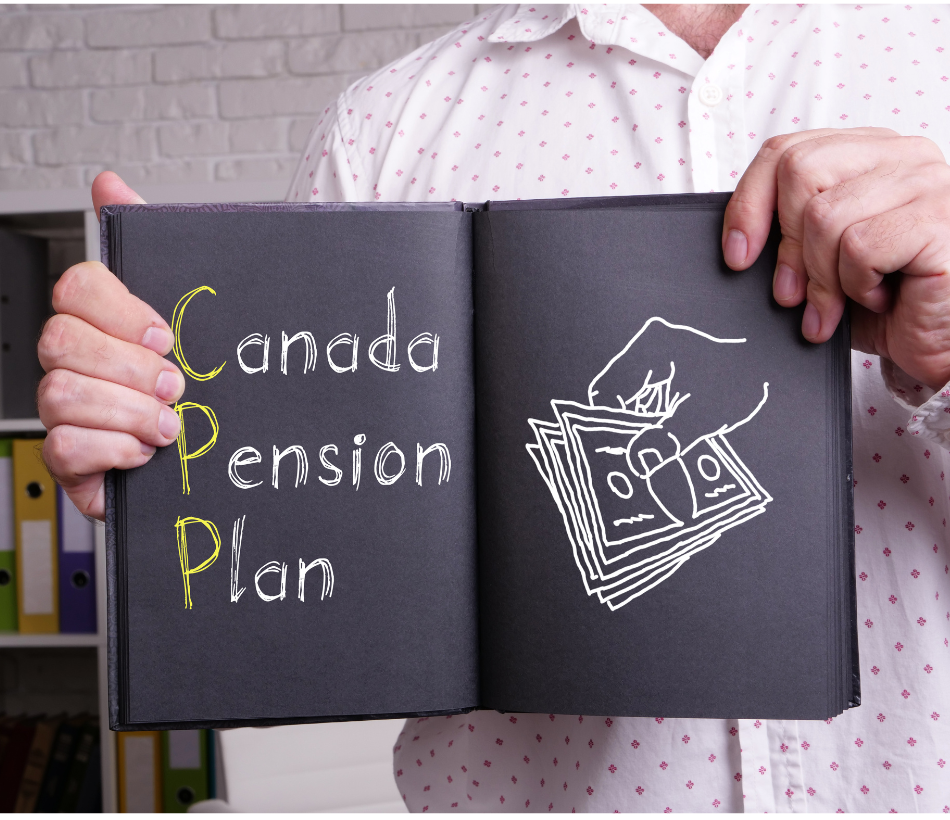The Canada Pension Plan (CPP) and Old Age Security (OAS) are two key components of Canada’s public retirement income system. They are designed to provide financial support to Canadians in retirement, although they are different in purpose, eligibility, and funding.
CPP is a contributory, earnings-related program that provides retirement, disability, and survivor benefits. It is funded by mandatory contributions from both employees and employers (or self-employed individuals who pay both shares). CPP income is taxable, and the amount of CPP benefits one receives depends on how much and for how long they contributed during their working years. The normal retirement age for CPP is age 65, although it can be taken as early as age 60 (with a reduction of 0.6% each month – 7.2% per year received prior to age 65) or as late as age 70 (with an increase of 0.7% for each month – 8.4% per year in which CPP is delayed, up to age 70). As of January 2025, the maximum monthly CPP retirement benefit at age 65 is $1,433, and the average amount received in April 2025 was lower at $844.53. This is due to the fact that CPP benefits are based on the contributions received relative to the maximum you can contribute each year, throughout your career.
On the other hand, OAS is a non-contributory pension funded through general government revenues. It provides a flat-rate monthly benefit to most Canadians aged 65 and older, regardless of work history, as long as they meet residence requirements. OAS payments are considered taxable income.
To receive the full OAS pension, one must have lived in Canada for at least 40 years after turning 18. A partial pension is available for those with at least 10 years of residency in Canada. From July to September 2025, the maximum OAS monthly payment for individuals aged 65 to 74 is $734.95, and for individuals aged 75 and up it is $808.45.
OAS is subject to claw backs through the OAS Recovery Tax if an individual’s net income exceeds a certain threshold (claw back starts at $93,454 in 2025).
For low-income Canadians, OAS also provides a Guaranteed Income Supplement (GIS). Low income is defined as $22,272 for singles and ranges from $29,424 to $53,376 for couples, depending on specific circumstances. The GIS is a non-taxable payment received monthly, and the maximum amount payable is $1,097.75 per month in July – September 2025.
To recap, CPP is employment earnings-based taxable benefit, and requires contributions to have been made to the plan, while OAS is residence-based taxable benefit, and funded from general tax revenues of the Federal Government. GIS is a non-taxable benefit that provides further supports to vulnerable elderly Canadians. Together, they form a foundational part of retirement planning in Canada, aiming to reduce poverty among seniors and provide a stable source of income in later life. Many Canadians also supplement these programs with private savings, workplace pensions, and registered retirement plans (RRSPs).
To learn more about Canadian public pensions available to you, including OAS and CPP and how much you can expect to receive in retirement, visit the Government of Canada’s Retirement Hub at: https://retraite-retirement.service.canada.ca/en/home.
Questions? We’re here to help! You can email us at members@teibas.com or call us at 416-637-6789 (toll-free 1-800-267-0602) for assistance during our regular office hours (Monday to Friday 7:30 a.m. – 4:30 p.m.).

